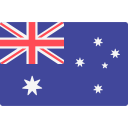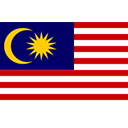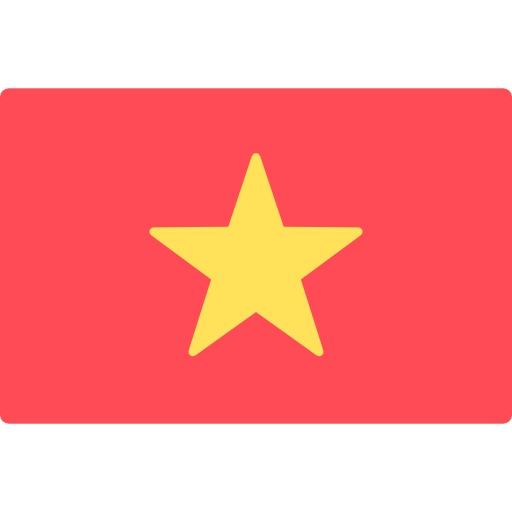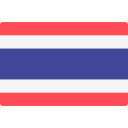The Japanese samurai sword, often simply referred to as a katana, is an iconic weapon known for its craftsmanship, cultural significance, and historical importance. In this article, we'll take a detailed look at the various components of a Japanese samurai sword and explore the specialized terminology associated with this remarkable blade.
Exploring the Components and Terminology of a Japanese Samurai Sword | SBC101
Exploring the Components and Terminology of a Japanese Samurai Sword
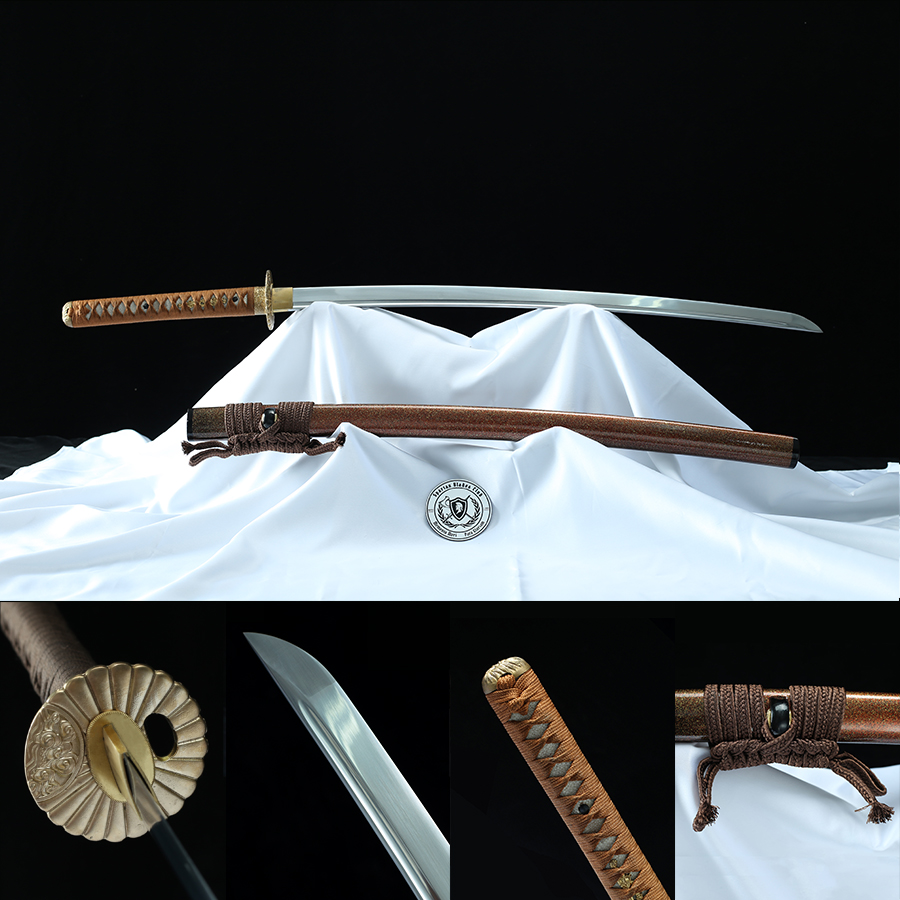
1. Parts Of The Sword Blade

A. SAKIKASANE 先重ね Thickness of the blade at the point
B. MOTOKASANE 元重ね Thickness of the blade at its base
C. KISSAKI NAGASA 切先長さ Length of the point
D. SAKIHABA 先幅 Width of the blade at the point
E. MUNE 棟 Unsharpened back surface of the blade
F. MOTOHABA 元幅 Width of the blade at its base
G. MUNEMACHI 棟区 Notch at the top of the tang where the mune surface begins
H. HAMACHI 刃区 Notch at the top of the tang where the cutting edge begins
I. FUKURA ふくら Curvature of the cutting edge within the point
J. BOSHI 帽子 Hamon on the point area
K. YOKOTE 横手 Line defining and setting off the point from the body of the sword
L. KOSHINOGI 小鎬 Portion of the shinogi in the point area (above the yokote line)
M. MITSUKADO 三ツ角 Spot where the yokote line, the edge of the blade, and the edge of the point meet
N. SHINOGI MITSUKADO 鎬三ツ角 Spot where the shinogi, koshinogi, and yokote lines meet
O. SHINOGI-JI 鎬地 Surface of the blade between the shinogi and the mune
P. SHINOGI 鎬 The well-defined line running along the length of the blade at the thickest part of the sword (present on shinogi-zukuri–style blades)
Q. JI 地 Steel surface of the sword
R. HA 刃先 Hardened steel along the edge area
S. HASAKI 刃先 Sharpened cutting edge of the sword
T. NIOIGUCHI 匂口 Clearly defined visible line separating the hardened cutting edge from the softer body of the sword
U. ASHI 足 Projections of the nioiguchi line that extend toward the edge of the blade
V. HACHO 刃長 Straight line used to define the length of the blade
W. SORI 反り Measure of the curvature of the sword
X. ZENCHO 全長 Measure of the full length of the sword including the tang (hacho measurements apply to the blade only)
Y. NAKAGO NAGASA 中心長さ Length of the nakago (tang)
Z. MEKUGIANA 目釘穴 Hole in the tang for the mekugi (bamboo rivet used to secure the sword in the hilt)
AA. MEI 銘 Inscription on the tang of the sword (usually the smith’s name, but often includes other information as well)
2. Koshirae Components

- Habaki (鎺): The habaki is a wedge-shaped metal collar used to keep the sword from falling out of the saya and to support the fittings below; fitted at the ha-machi and mune-machi which precede the nakago.
- Kaeshizuno (返し角): a hook shaped fitting used to lock the saya to the obi while drawing.
- Kashira (頭): The kashira is a butt cap (or pommel) on the end of the tsuka.
- Kōgai (笄): The kōgai is a spike for hair arranging carried sometimes as part of katana-koshirae in another pocket.
- Koiguchi (鯉口): The koiguchi is the mouth of the saya or its fitting; traditionally made of buffalo horn.
- Kojiri (鐺): The kojiri is the end of the saya or the protective fitting at the end of the saya; also traditionally made of buffalo horn.
- Kozuka (小柄): The kozuka is a decorative handle fitting for the kogatana; a small utility knife fit into a pocket on the saya.
- Kurigata (栗形): The kuri-kata is a knob on the side of the saya for attaching the sageo.
- Mekugi (目釘): The mekugi is a small peg for securing the tsuka to the nakago.
- Menuki (目貫): The menuki are ornaments on the tsuka (generally under the tsuka-ito); Originally menuki were a cover for the mekugi to hold the peg/s in place. On Tachi worn edge down orientation at palm to orient the sword. On Katana orientation is at fingertips to orient the sword.
- Mekugi-ana (目釘穴): The mekugi-ana are the holes in the tsuka and nakago for the mekugi.
- Sageo (下げ緒): The sageo is the cord used to tie saya to the belt/obi when worn.
- Same-hada (鮫肌): literally the pattern of the ray skin.
- Same-kawa (samegawa) (鮫皮): same-kawa is the ray or shark skin wrapping of the tsuka (handle/hilt).
- Saya (鞘): The saya is a wooden scabbard for the blade; traditionally done in lacquered wood.
- Seppa (切羽): The seppa are washers above and below the tsuba to tighten the fittings.
- Shitodome (鵐目): an accent on the kurikata for aesthetic purposes; often done in gold-ish metal in modern reproductions.
- Tsuba (鍔 or 鐔): The tsuba is a hand guard.
- Tsuka (柄): The tsuka is the hilt or handle; made of wood and wrapped in samegawa.
- Tsuka-maki (柄巻): the art of wrapping the tsuka, including the most common hineri maki and katate maki (battle wrap). There are also more elaborate and artistic wrapping techniques, like Jabara maki.
- Tsuka-ito (柄糸): Tsuka-ito the wrap of the tsuka, traditionally silk but today most often in cotton and sometimes leather
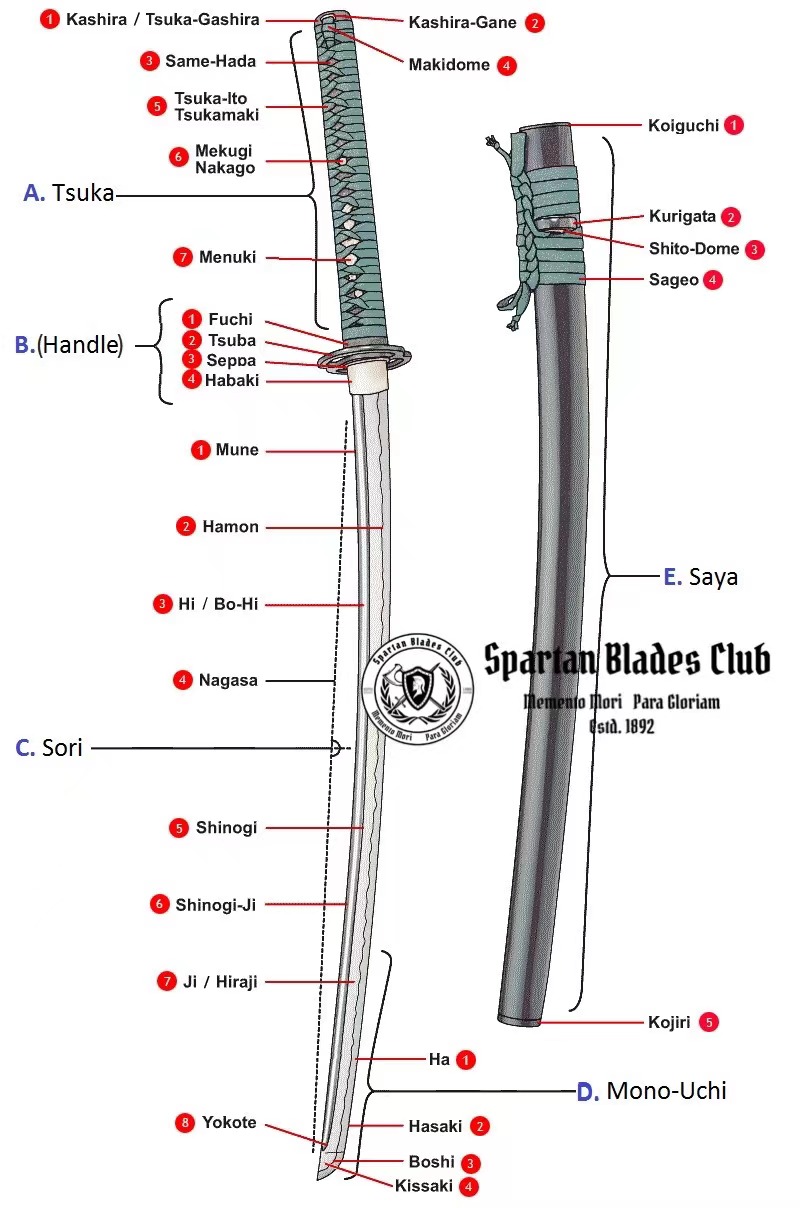
3. Conclusion
The Japanese samurai sword, with its intricate design, meticulous craftsmanship, and deep cultural significance, remains a symbol of Japan's rich history and heritage. Understanding the various components and specialized terminology associated with the katana allows for a more profound appreciation of this extraordinary weapon and art form.
Samurai Swords for Sale
Our samurai swords are made in the famed sword-smithing town of Longquan from an ongoing tradition that’s lasted 2,600 years. Each sword is carefully crafted with the utmost care and attention to detail using traditional hand forging methods. We use high-grade steel and durable materials for all of our swords, creating strong and beautiful works of art. The samurai sword is drenched in traditions of honor, pride, and power. With so many choices available, it’s easy to find the perfect samurai sword that embodies your personality and spirit. Take a look at our categories of Japanese swords.
Get Your Samurai Sword at Spartan Blades Club
We have a wide selection of samurai swords including Katana, Wakizashi, Tachi, Shirasaya, Tanto, etc. If you’re looking for something completely unique, we can help you create your own custom sword. Spartan Blades Club makes it easy to find your perfect katana, providing pictures, simple check-out, and excellent customer service. Our swords can be hand sharpened per your request or remain unsharpened. Each sword comes with a free personal engraving, to truly make the sword your own. Enjoy our selection and choose your samurai sword wisely.
Repect to Yoshindo Yoshihara


 USD
USD



